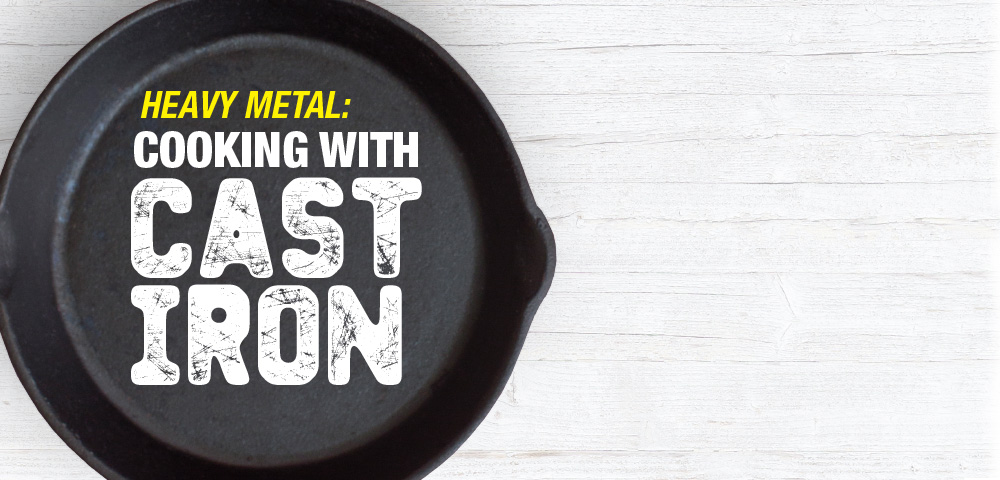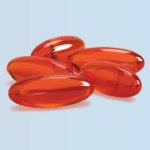
When I was growing up, my mom mostly used a cast iron frying pan because that is what her mother had done.
I passively absorbed how to use and treat a cast iron pan and never thought much of it. For the first few years out on my own, frequently moving as students do, I was not in a rush to buy bulky cookware. I went through a few cheap, lightweight, non-stick frying pans, which inevitably peeled.
As my interest in natural medicine developed, and I learned more about the toxicity of the chemicals used in non-stick coatings, acquiring safe, non-toxic cookware quickly became a top priority. After investigating a confusing array of options, I settled on a good old cast iron. After all, when in doubt about the healthy choice, do what grandma did.
Over the years, I have had several guests to my kitchen comment on my pan with some fascination. “Oooh, you use cast iron, huh? Cool!” And I kept hearing, “Aren’t those pans fussy?” (False) Or, somewhat horrified, “I’ve heard you don’t use soap on those!” (True, mostly) If you are the least bit cast iron curious, here’s some advice on using the pan hiding in your basement, or you might feel confident investing in a brand new one.
The Science of Seasoning
As most people have heard, a well-handled cast iron pan develops a protective, non-stick coating, somewhat confusingly referred to as “seasoning.” The coating has nothing to do with salt or spices, though. Instead, it is a thin layer of polymerized (bonded) fat, which seals the porous iron surface. Soap breaks down that fatty layer, which is why it is a cast iron no-no.
A well-meaning relative once gave my excellent pan a thorough scouring with hot soap and water when I was not home. They also left it to dry, squeaky clean, with no oil to protect the cooking surface, which promptly rusted. I was not happy. But, much to my surprise, my thoughtful relative did not ruin my pan! If your pan gets rusty, you can quickly fix it.
Seasoning is not something that happens once and stays on forever. For post-cooking cleanup of many dishes, like omelets, grilled cheese, and pancakes, a simple wipe with a paper towel will suffice and leave the pan perfectly seasoned. Dishes that contain acid, such as tomato sauce or wine, will remove the seasoning. Scrambled eggs also stick, so the pan will need to be re-seasoned after cleaning with very hot water and a nylon brush to remove stuck-on bits.
How do you season, or re-season, a pan? Heat it on the stovetop over medium-high heat. When the pan is hot, apply a thin layer of oil or fat, just enough to coat the surface. Too much oil will make the pan sticky. Lard is traditional and works well, but any oil will do. Butter contains proteins that can burn or give the pan an off-taste. Allow the pan to cool completely after oiling, then store. Think of re-seasoning, when required, as part of kitchen cleanup.
Iron, Lady
One of the hard-and-fast cast iron rules is to never soak in water and never put it away without oiling (seasoning) it. Make sure the pan is hot before you put food in it to prevent sticking.
Don’t be intimidated by cast iron. There are very few things now that you will own for a lifetime, but your cast iron pan is one of them, and the best part is, that it will keep getting better with age.














